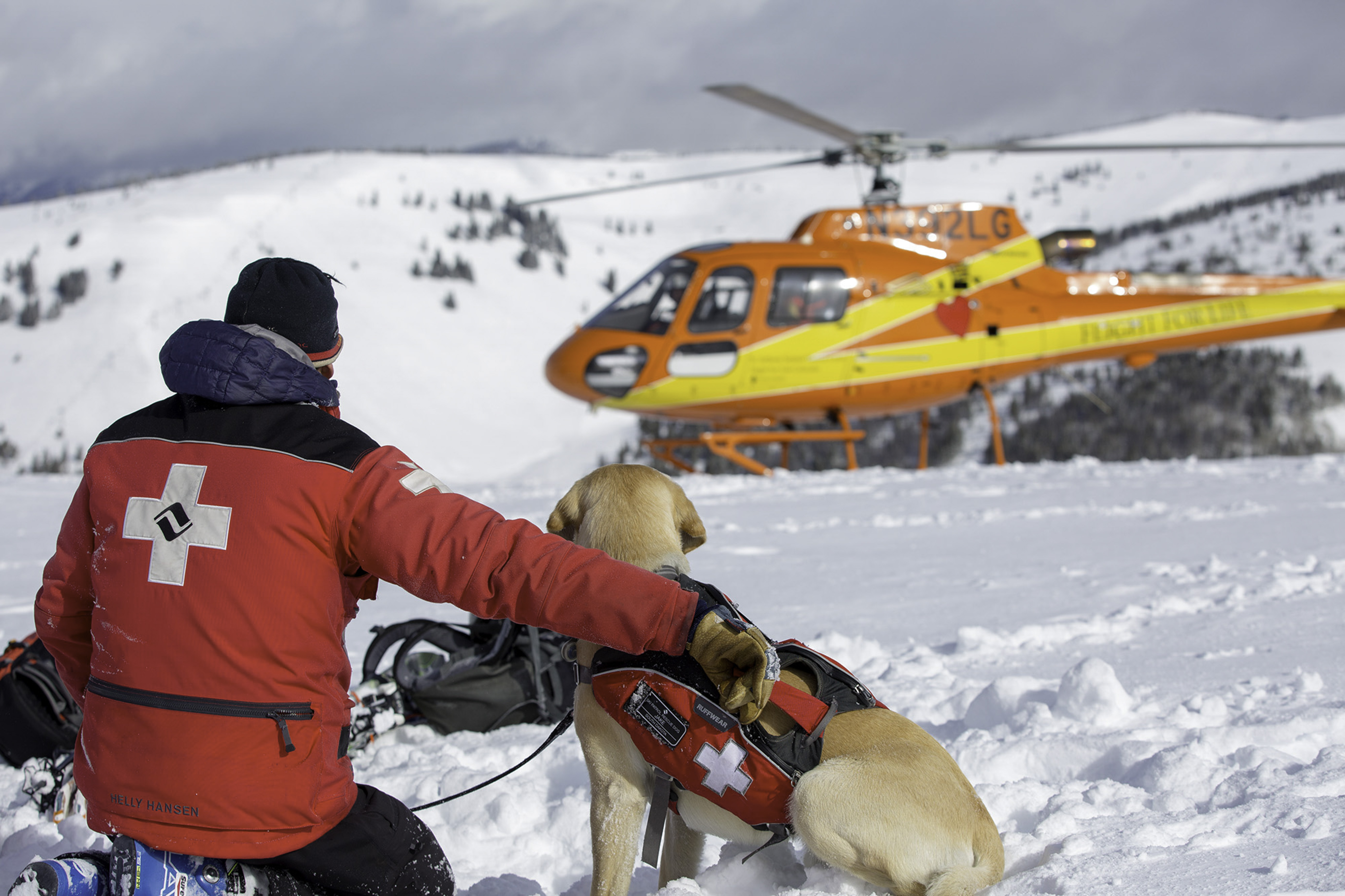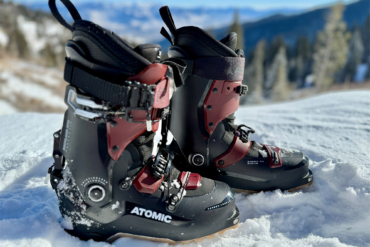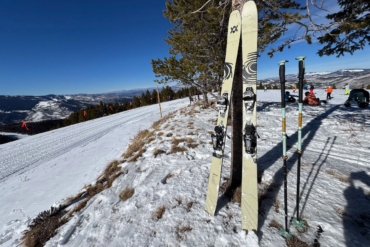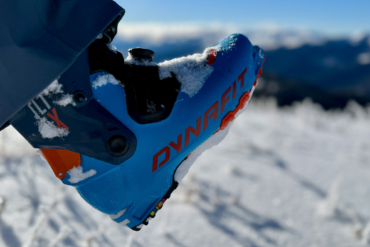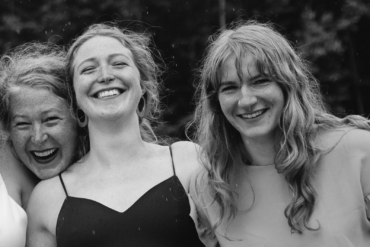Few outdoor pursuits draw such strong reaction as winter camping. The idea of laying down in the snow, closing your eyes and going to sleep is a ridiculous and foreign concept for most of the population.
But new equipment for winter camping, including puffy sleeping bags, pads, shelters and bivy sacks, makes the task more bearable. Indeed, with the right gear you can be warm sleeping outdoors any time of the year.

Exped’s cushy DownMats, for example, keep the chill of the ground from seeping in. These air mattresses, which come in four sizes and start at $130, are stuffed with 700-fill goose down insulation. For transport the Exped (www.orgear.com) mats compact to the size of a football. The DownMat 7 Short, which is 47 inches in length, weighs just more than a pound.
For shelter under winter’s night sky a full-blown tent is often superfluous. Indeed, I regularly camp out under the stars in the winter months to avoid the hassle and weight of a tent.
The minimalist approach to shelter is a bivy sack, which is essentially a weather-proof sleeping bag cover. And of all the bivy sack options on the market the Bivy Sack Too by Mandatory Gear ($119, www.mandatorygear.com) may be the most minimal of them all.
Weighing just 5.5 ounces, and packing down to the size of a baseball, the Bivy Sack Too has no zippers, straps or pockets. But its combination of silicone-impregnated nylon on the bottom and a breathable Epic material on top allow the sack to do its simple and important job of keeping your sleeping bag dry in the driving snow and sleet.
Hovering somewhere between a tarp and a tent, the Lighthaven from Outdoor Research ($99, www.orgear.com) is a shelter that sets ups in less than a minute with ski poles or even sticks. The company markets the Lighthaven as a “day-use” shelter, but its waterproof exterior is suitable for winter camping.

The Lighthaven weighs about 21 ounces, and it packs small enough to fit in a jacket pocket.
A toasty sleeping bag is far and away the most important item on a winter camping trip. If you’re wet and cold when the sun is going down, your sleeping bag — for comfort as well as safety reasons — must serve as a failsafe cocoon of warmth.
No matter the temperature, I always err on the side of warmth when sleeping in the snow. If the night’s low is anticipated to be 20 degrees, I’ll bring a zero-degree bag, for example. I’ve learned the hard way that you cannot trust weather forecasts, and sadly you cannot always rely on sleeping bag ratings either.
For rock-bottom chilly outings, I’ll use a bag like the Ghost SL from Mountain Hardwear (www.mountainhardwear.com), a minus-40-degree heat chamber stuffed with fluffy 800-fill down. The bag, which was designed for Himalayan and Antarctic expeditions, is top of the line, and its $610 price tag reflects that.

The Ghost SL, which has a waterproof shell fabric, is amazingly light and compact considering its warmth. Stuffed and compressed in a sack the sleeping bag easily fits inside a backpack, and it weighs an acceptable 4 pounds 10 ounces.
The Puma Super DL, a minus-20-degree down bag from Western Mountaineering (www.westernmountaineering.com) is another top-end choice. It has a cozy down collar to keep heat in, and its shell fabric is wind and water resistant. The Puma Super DL weighs just 3 pounds 10 ounces, though at $595 you do pay a premium for the weight savings.
A few ounces heavier, but priced $175 less than the Puma Super DL, the Echo from Sierra Designs ($420, www.sierradesigns.com) is another minus-20-degree down sleeping bag I’d recommend. The Echo weighs 4 pounds 1 ounce, and it has a waterproof and breathable shell fabric to keep the down dry and lofty throughout a cold winter’s night.

